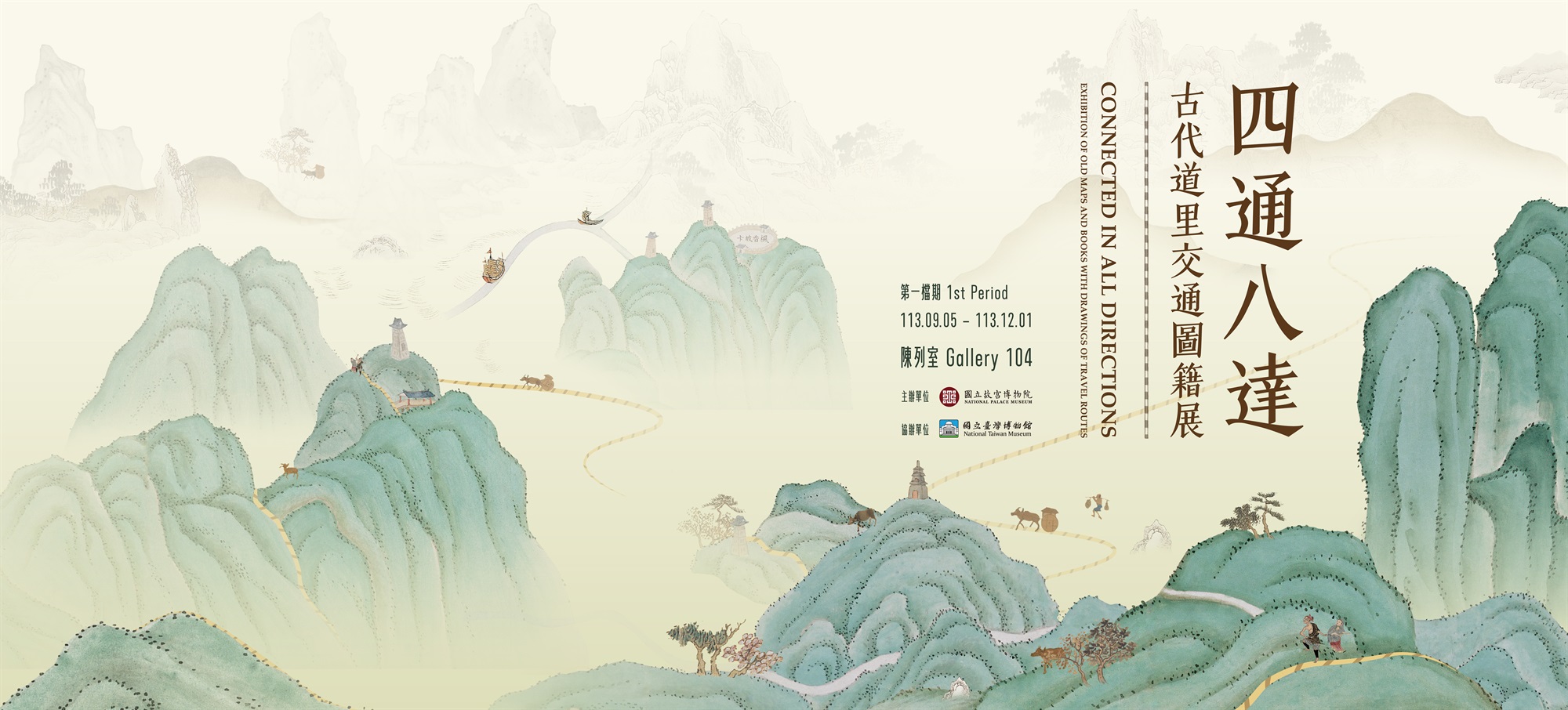Traversing the World
Since the 16th century, economic development and frequent commercial activities involving merchant travels had driven the demand for travel-related publications, giving rise to guides and road maps. Exhibition item Shiquge Pavilion’s Precisely Revised ‘No Need to Ask the Way,’ made by Jiang Shiji from Ningbo, Zhejiang, dates back to the Wanli era (1573-1620) of the Ming dynasty and suggests that with the map, one could travel the world meaning China at that time without needing to ask for directions. For ease of carrying, travel books were typically small, and Shiquge Pavilion’s Precisely Revised ‘No Need to Ask the Way’was no exception, being roughly the size of a palm and quite compact. The book consists of nine volumes, with road maps at the beginning and guides at the end and covering the routes from the two capitals of the Ming dynasty (Nanjing and Beijing) to the borders of thirteen provinces. The routes stop at the prefectures of the provinces, and water and land guides from both south and north of the Yangtze River were drawn, making this set of books a highly convenient ancient travel guide that mirrors modern navigation systems in functionality. Research indicates that it is actually a revision of Unified Road Map Records made by Huang Bian in the Ming dynasty with changes in the order of the content presented, name of the book, editor, compiler, and volume as well as the recompilation of the book for ease of travel it led to the misconception that it was an entirely newly authored book.


